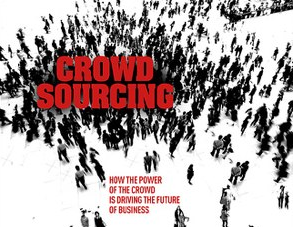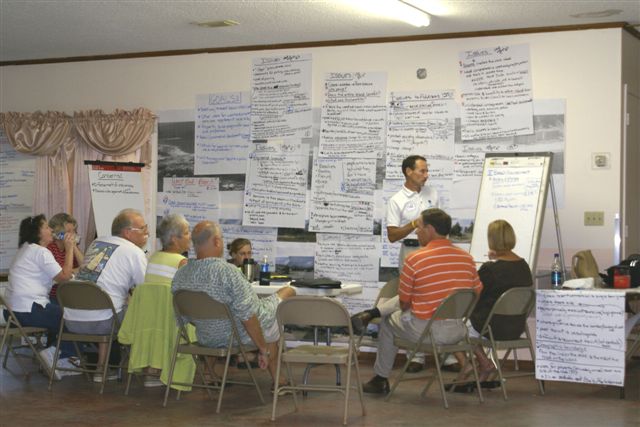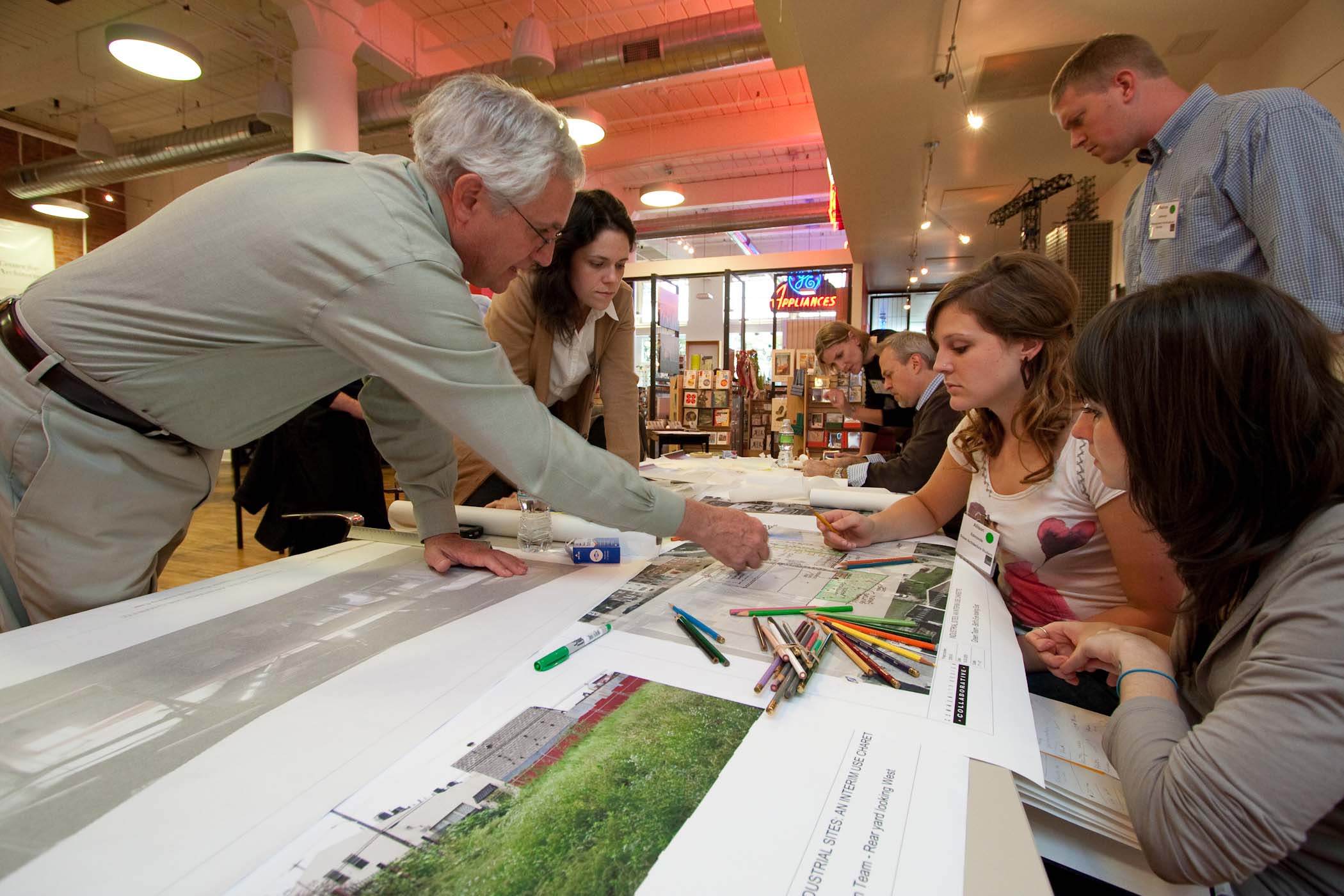
 These concepts maps are based on my definition of humor, strategy, time, and invention.
I really liked this process because it helped evoke creative thoughts. Through my concept maps I have established complex ideas that uniquely relate to the original words.
These concepts maps are based on my definition of humor, strategy, time, and invention.
I really liked this process because it helped evoke creative thoughts. Through my concept maps I have established complex ideas that uniquely relate to the original words.
Use A/B testing to compare two versions of the same design to see which one performs statistically better against a predetermined goal.
AEIOU is an organizational framework reminding the researcher to attend to, document, and code information under a guiding taxonomy of Activities, Environments, Interactions, Objects, and Users.
Affinity diagramming is a process used to externalize and meaningfully cluster observations and insights from research, keeping design teams grounded in data as they design.
A systematic examination of the material, aesthetic, and interactive qualities of objects contributes to an understanding of their physical, social, and cultural contexts.


Automated remote research is a method that can reveal statistically relevant data about what people are doing on your website, to help identify the usability enhancements with the
biggest impact.
Behavioral mapping is used to systematically document location-based observations of human activity, using annotated maps, plans, video, or time-lapse photography.

Bodystorming stimulates brainstorming in physical experience, combining role-playing and simulation to inspire new ideas and empathetic, spontaneous prototyping.
Beyond creating lists of new ideas and concepts, brainstorm graphic organizers help in the creation of new knowledge by visually structuring a deep dive into a problem space.
Business origami enables teams to paper-prototype the interaction and value exchange among people, artifacts, and environments in a multichannel system.
When user comprehension and meaningful categorization is critical, card sorting can help clarify.
The case study is a research strategy involving in-depth investigation of single events or instances in context, using multiple sources of research evidence.
Cognitive mapping is a visualization of how people make sense of a particular problem space. It is most effective when used to structure complex problems and to inform decision making.
Cognitive walkthrough is a method that evaluates whether the order of cues and prompts in a system reflects the way people cognitively process tasks and anticipate "next steps" of a system.
As inspiration for design teams, collage allows participants to visually express their thoughts, feelings, desires, and other aspects of their life that are difficult to articulate using traditional means.

Competitive testing is the process of conducting, research to evaluate the usability and learnability of your competitors' products.
Concept mapping is a visual framework that allows designers to absorb new concepts into an existing understanding of a domain so that new meaning can be made.
Content analysis is the systematic description of form and content of written, spoken, or visual materials expressed in themes, patterns, and counted occurrences of words, phrases, images, or concepts.
A content inventory tells you what your content is. A content audit makes recommendations as to what your content should be.
Contextual design is a customer-centered process that makes the way in which designers work concrete, explicit, and sharable so that every step is anchored in customer date and feels less like design "magic."
Contextual inquiry is an immersive, contextual method of observing and interviewing that reveals underlying (and invisible) work structure.
Creative toolkits are collections of physical elements conveniently organized for participatory modeling, visualization, or creative play by users, to inform and inspire design and business teams.
Understanding how users experience your product at critical moments can help optimize your design for future users.
Crowdsourcing occurs when an undefined, large group of people (a "crowd") voluntarily responds to an open call and completes tasks and microprojects.
Cultural probes are provocative instruments given to participants to inspire new forms of self-understanding and communication about their lives, environment, thoughts, and interactions.
Customer experience audits capture the day-to-day context in which people engage with your product or service.
When superior design features and characteristics inspire subsequent rounds of ideas, the end result is more likely to be an optimized design solution.
Design ethnography approximates the immersion methods of traditional ethnography, to deeply experience and understand the user's world for design empathy and insight.
Design workshops are a form of participatory design consolidating creative co-design methods into organized sessions for several participants to work with design team members.

 These concepts maps are based on my definition of humor, strategy, time, and invention.
These concepts maps are based on my definition of humor, strategy, time, and invention. 















































